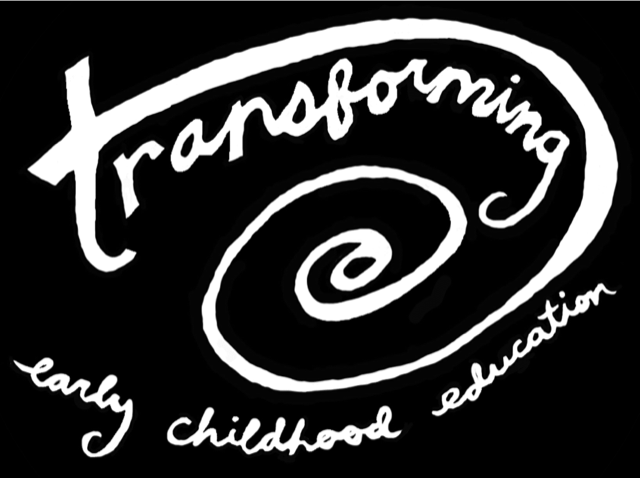Present vs Busy
Present vs Busy
In early childhood education, we are taught to constantly move around the classroom, setting up and cleaning up in a never-ending cycle. I don't know why these expectations are set, but please hear me when I say this is NOT how we should spend our days.
This constant busyness prevents us from being the trusted adult our young children need. Young children form secure attachments with adults who connect with them through serve-and-return interactions. They need the adults in their lives to be present while they explore the world around them.
This school year, I want to challenge you to be present more than you are busy. I want to challenge you to sit on the floor during center time. Spend time observing and listening to the children as they interact with their peers. Be a guide that steps in when needed to provide scaffolded support. Each day I want you to leave knowing that you spent your day being present in the lives of the children in your care.
Tips and Tools
Encourage the children to be part of the setting-up and cleaning-up process. Instead of setting up for center time alone, have the children help you set up at the start.
Clean-up time can be challenging for everyone in the classroom. To make the process easier, remember that the children in your care are competent and capable. You can teach them how to throw their snack/lunch trash away. You can teach them how to clean the tables and sweep the floor. It can take time for children to learn these skills, but with guidance and practice, they can be successful.
Think about all the things you do during the day for children that they can do (or learn to do) for themselves. You don’t need to place all the lunchboxes on the table and open all the food containers. The children can learn to do this on their own. You don’t need to put all the cots/rest mats out. You can teach the children to drag their cots/mats to their nap spots. We want our children to be as independent as possible. These are skills that they need to learn to be successful in life in and out of the classroom setting.
Circle time is a time to create community. During this community building, all teachers should be present. One person leads the circle, and the other provides support. This is not a time for one person to be left with the children while the other is setting up/cleaning up.


